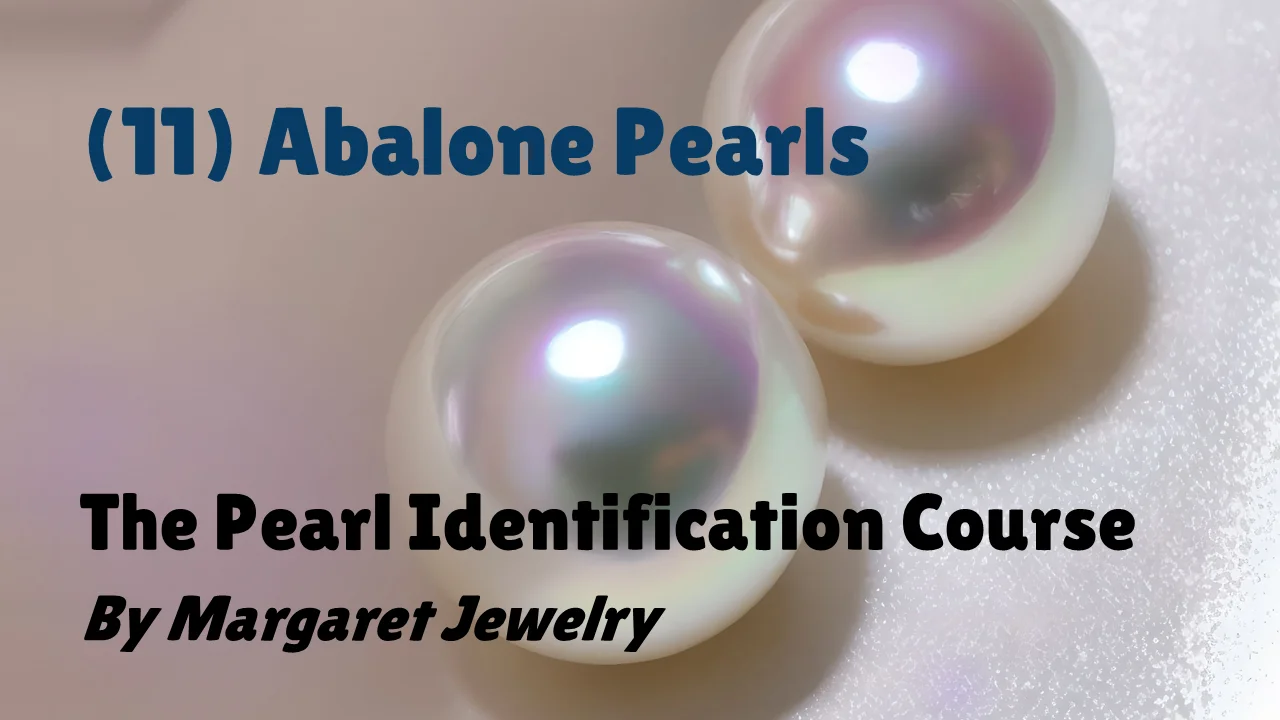Lesson11: Abalone Pearls

1. Introduction
Abalone pearls mainly come from specific types of abalone, exhibiting a wide range of iridescent colors. Currently, large-scale artificial cultivation has not been achieved.
2. Origins
Abalone pearls are produced in limited regions, primarily including New Zealand, California (USA), Mexico, Japan, and South Korea.
3. Mother Shell
The mother shell is primarily certain species within the Haliotidae family, such as Haliotis and other commercially valuable abalones.

4. Characteristics
The characteristics of abalone pearls often reflect the nacre of the mother shell. They may appear in a variety of colors, ranging from white and creamy hues to deep brown or black. The shapes are usually irregular, unlike traditional round pearls. Abalone pearls possess unique luster and patterns due to the structure of the abalone nacre, sometimes displaying flame-like or cloud-like patterns.

5. Production
The production of abalone pearls is extremely rare. The probability of abalone forming a pearl is significantly lower than that of common pearl oysters. Since abalones are mostly harvested for food rather than pearl cultivation, the chance of finding abalone pearls is very small.
6. Value
Due to their rarity, abalone pearls have high collectible value. According to reports, high-quality abalone pearls can be valued between HKD 40,000 to HKD 100,000 per pearl. Prices vary greatly depending on size, color, luster, and overall appearance.
